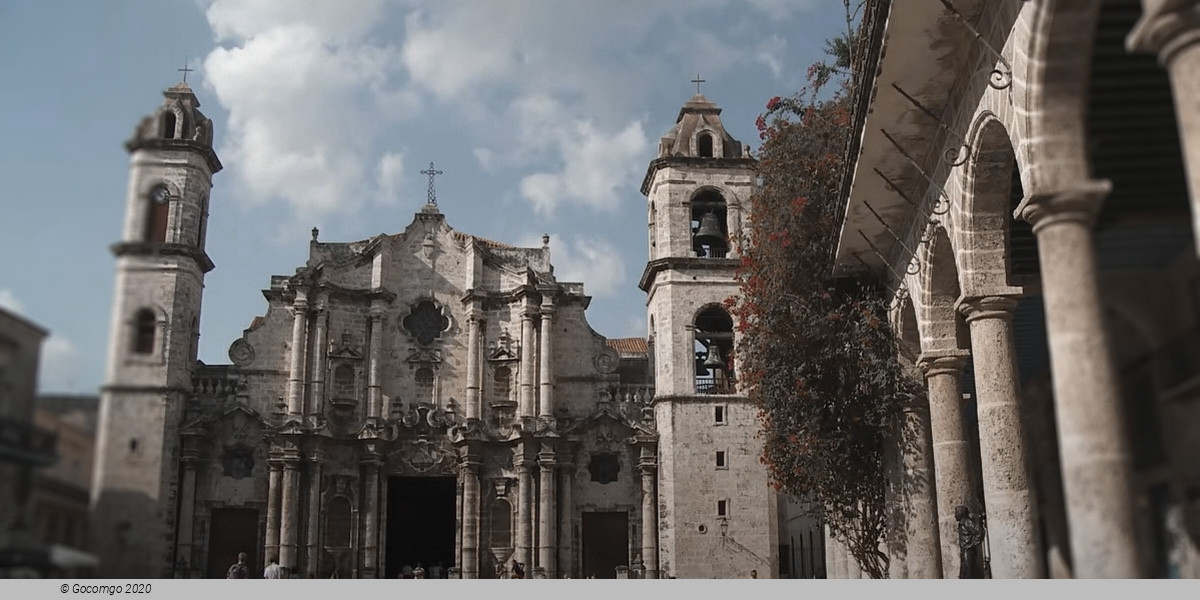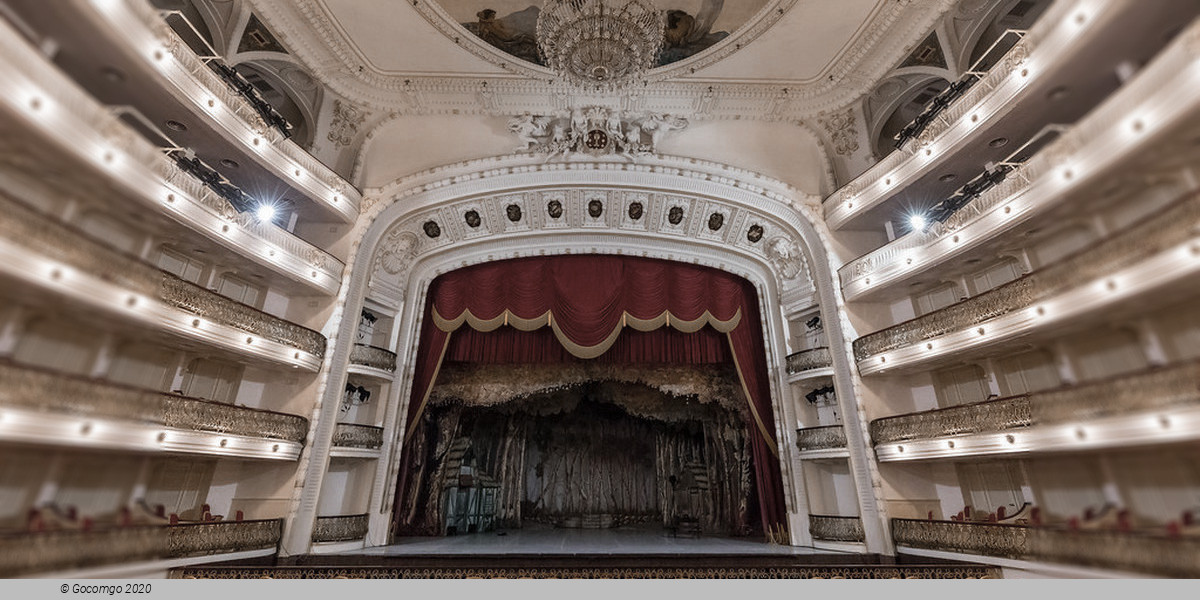Venues in Havana

Havana is the capital city, largest city, province, major port, and leading commercial centre of Cuba. The city of Havana was founded by the Spanish in the 16th century and due to its strategic location, it served as a springboard for the Spanish conquest of the Americas, becoming a stopping point for Spanish galleons returning to Spain. Philip II of Spain granted Havana the title of capital in 1592.
History
Colonial period
16th century
Conquistador Diego Velázquez de Cuéllar founded Havana on August 25, 1515, on the southern coast of the island, near the present town of Surgidero de Batabanó, or more likely on the banks of the Mayabeque River close to Playa Mayabeque. All attempts to found a city on Cuba's south coast failed. However, an early map of Cuba drawn in 1514 places the town at the mouth of this river.
Between 1514 and 1519 the Spanish established at least two settlements on the north coast, one of them in La Chorrera, today in the neighbourhoods of Vedado and Miramar, next to the Almendares River. The town that became Havana finally originated adjacent to what was then called Puerto de Carenas (literally, "Careening Bay"), in 1519. The quality of this natural bay, which now hosts Havana's harbour, warranted this change of location.
Pánfilo de Narváez gave Havana – the sixth town founded by the Spanish on Cuba – its name: San Cristóbal de la Habana. The name combines San Cristóbal, patron saint of Havana. Shortly after the founding of Cuba's first cities, the island served as little more than a base for the Conquista of other lands.
Havana began as a trading port and suffered regular attacks by buccaneers, pirates, and French corsairs. The first attack and resultant burning of the city was by the French corsair Jacques de Sores in 1555. Such attacks convinced the Spanish Crown to fund the construction of the first fortresses in the main cities – not only to counteract the pirates and corsairs, but also to exert more control over commerce with the West Indies, and to limit the extensive contrabando (black market) that had arisen due to the trade restrictions imposed by the Casa de Contratación of Seville (the crown-controlled trading house that held a monopoly on New World trade).
Ships from all over the New World carried products first to Havana, in order to be taken by the fleet to Spain. The thousands of ships gathered in the city's bay also fueled Havana's agriculture and manufacture, since they had to be supplied with food, water, and other products needed to traverse the ocean.
On December 20, 1592, King Philip II of Spain granted Havana the title of City. Later on, the city would be officially designated as "Key to the New World and Rampart of the West Indies" by the Spanish Crown. In the meantime, efforts to build or improve the defensive infrastructures of the city continued.
17th century
Havana expanded greatly in the 17th century. New buildings were constructed from the most abundant materials of the island, mainly wood, combining various Iberian architectural styles, as well as borrowing profusely from Canarian characteristics.
In 1649, an epidemic of the often fatal Yellow fever brought from Cartagena in Colombia affected a third of the European population of Havana.
18th century
By the middle of the 18th century, Havana had more than seventy thousand inhabitants, and was the third-largest city in the Americas, ranking behind Lima and Mexico City but ahead of Boston and New York. During the 18th century Havana was the most important of the Spanish ports because it had facilities where ships could be refitted and, by 1740, it had become Spain's largest and most active shipyard and only drydock in the New World.
The city was captured by the British during the Seven Years' War. The episode began on June 6, 1762, when at dawn, a British fleet, comprising more than 50 ships and a combined force of over 11,000 men of the Royal Navy and Army, sailed into Cuban waters and made an amphibious landing east of Havana. The British immediately opened up trade with their North American and Caribbean colonies, causing a rapid transformation of Cuban society. Less than a year after Havana was seized, the Peace of Paris was signed by the three warring powers thus ending the Seven Years' War. The treaty gave Britain Florida in exchange for the return of the city of Havana to Spain.
After regaining the city, the Spanish transformed Havana into the most heavily fortified city in the Americas. Construction began on what was to become the Fortress of San Carlos de la Cabaña, the third biggest Spanish fortification in the New World after Castillo San Cristóbal (the biggest) and Castillo San Felipe del Morro both in San Juan, Puerto Rico. On January 15, 1796, the remains of Christopher Columbus were transported to the island from Santo Domingo. They rested here until 1898, when they were transferred to Seville's Cathedral, after Spain's loss of Cuba.
19th century
As trade between the Caribbean and North American states increased in the early 19th century, Havana became a flourishing and fashionable city. Havana's theatres featured the most distinguished actors of the age, and prosperity among the burgeoning middle-class led to expensive new classical mansions being erected. During this period Havana became known as the Paris of the Antilles.
In 1837, the first railroad was constructed, a 51 km (32 mi) stretch between Havana and Bejucal, which was used for transporting sugar from the valley of Güines to the harbour. With this, Cuba became the fifth country in the world to have a railroad and the first Spanish-speaking country. Throughout the century, Havana was enriched by the construction of additional cultural facilities, such as the Tacon Teatre, one of the most luxurious in the world. The fact that slavery was legal in Cuba until 1886 led to Southern American interest, including a plan by the Knights of the Golden Circle to create a 'Golden Circle' with a 1200 mile-radius centred on Havana. After the Confederate States of America were defeated in the American Civil War in 1865, many former slaveholders continued to run plantations by moving to Havana.
In 1863, the city walls were knocked down so that the metropolis could be enlarged. At the end of the 19th century, Havana witnessed the final moments of Spanish colonialism in the Americas.
Republican period and post-revolution
The 20th century began with Cuba, and therefore Havana, under occupation by the United States. The US occupation officially ended when Tomás Estrada Palma, first president of Cuba, took office on 20 May 1902.
During the Republican Period, from 1902 to 1959, the city saw a new era of development. Cuba recovered from the devastation of war to become a well-off country, with the third-largest middle class in the hemisphere. Apartment buildings to accommodate the new middle class, as well as mansions for the Cuban tycoons, were built at a fast pace.
Numerous luxury hotels, casinos and nightclubs were constructed during the 1930s to serve Havana's burgeoning tourist industry, which greatly benefited from the U.S. prohibition on alcohol from 1920 to 1933. In the 1930s, organized crime characters were aware of Havana's nightclub and casino life, and they made their inroads in the city. Santo Trafficante Jr. took the roulette wheel at the Sans Souci Casino, Meyer Lansky directed the Hotel Habana Riviera, with Lucky Luciano at the Hotel Nacional Casino. At the time, Havana became an exotic capital of appeal and numerous activities ranging from marinas, grand prix car racing, musical shows, and parks. It was also the favourite destination of sex tourists.
Havana achieved the title of being the Latin American city with the biggest middle-class population per capita, simultaneously accompanied by gambling and corruption where gangsters and stars were known to mix socially. During this era, Havana was generally producing more revenue than Las Vegas, Nevada, whose boom as a tourist destination began only after Havana's casinos closed in 1959. In 1958, about 300,000 American tourists visited the city.
After the revolution of 1959, the new government under Fidel Castro began to improve social services, public housing, and official buildings. Nevertheless, after Castro's abrupt expropriation of all private property and industry (May 1959 onwards) under a strong communist model backed by the Soviet Union followed by the U.S. embargo, shortages that affected Cuba in general hit Havana especially hard. By 1966–68, the Cuban government had nationalized all privately owned business entities in Cuba, down to "certain kinds of small retail forms of commerce" (law No. 1076).
A severe economic downturn occurred after the collapse of the Soviet Union in 1991. Soviet subsidies ended, representing billions of dollars that the Soviet Union had given the Cuban government. Many believed the revolutionary government would soon collapse, as happened to the Soviet satellite states of Eastern Europe. However, contrary to events in Europe, Cuba's communist government persevered through the 1990s and persists to this day.
After many years of prohibition, the communist government increasingly turned to tourism for new financial revenue and has allowed foreign investors to build new hotels and develop the hospitality industry. In Old Havana, an effort has also gone into rebuilding for tourist purposes, and a number of streets and squares have been rehabilitated. But Old Havana is a large city, and the restoration efforts concentrate on less than 10% of its area.


